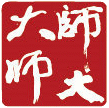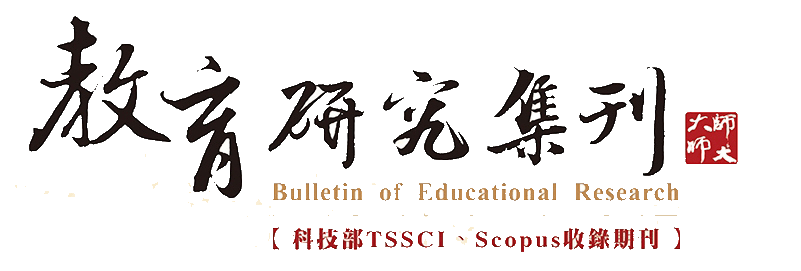| 篇名 |
Confucian Li and Aristotelian Orthos Logos
更多文章
|
|---|---|
| 作者 | 楊深坑 |
| 中文摘要 | Confucius and Aristotle share the same fundamental ethical doctrine:namely moral virtue will aim at the mean both in feeling and action. The mean in the ethics of both philosophers is not an arithmetical one equidistant between extremes, but the one relatively to appropriate condition. The criterion to determine the propriety of moral behavior is according to Confucius the li and according to Aristotle the orthos logos. The li and the orthos logos play thus a very important role in human concrete moral life. However, the li and the orthos logos, as concrete moral rules, are not mere exterior conventionalities. Their profound meaning should be traced to the metaphysics and philosophical anthropology of Confucius an Aristotle respectively. This paper is intended to analyze the meaning of li and orthos logos from both the metaphysical and anthropological perspectives. First of all, the importance of the li and the orthos logos in the ethics of Confucius and Aristotle is discussed. A comparison of Confucian harmonious unification of Tien Tao and Jen Tao and Aristotelian metaphysical hylomorphism is followed in order to explicate the profound meaning of the li and the orthos logos in their metaphysical depth. Both the li and the orthos logos, containing metaphysical significance, are rotted in human nature. Anthropological analysis of the li and the orthos logos is thus advanced to show the similarities and differences of Confucian and Aristotelian ethics. Finally this paper is concluded with an evaluation of Confucian li and Aristotelian orthos logos in the light of modern theories of ethics. |
| 起訖頁 | 497-510 |
| 刊名 | 教育研究集刊 |
| 期數 | 199006 (32期) |
| 出版單位 | 國立臺灣師範大學教育學系 |
| 該期刊-上一篇 | 運用「微觀教學」改進師資培育計畫之研究 |








